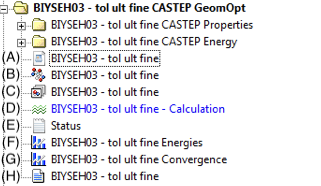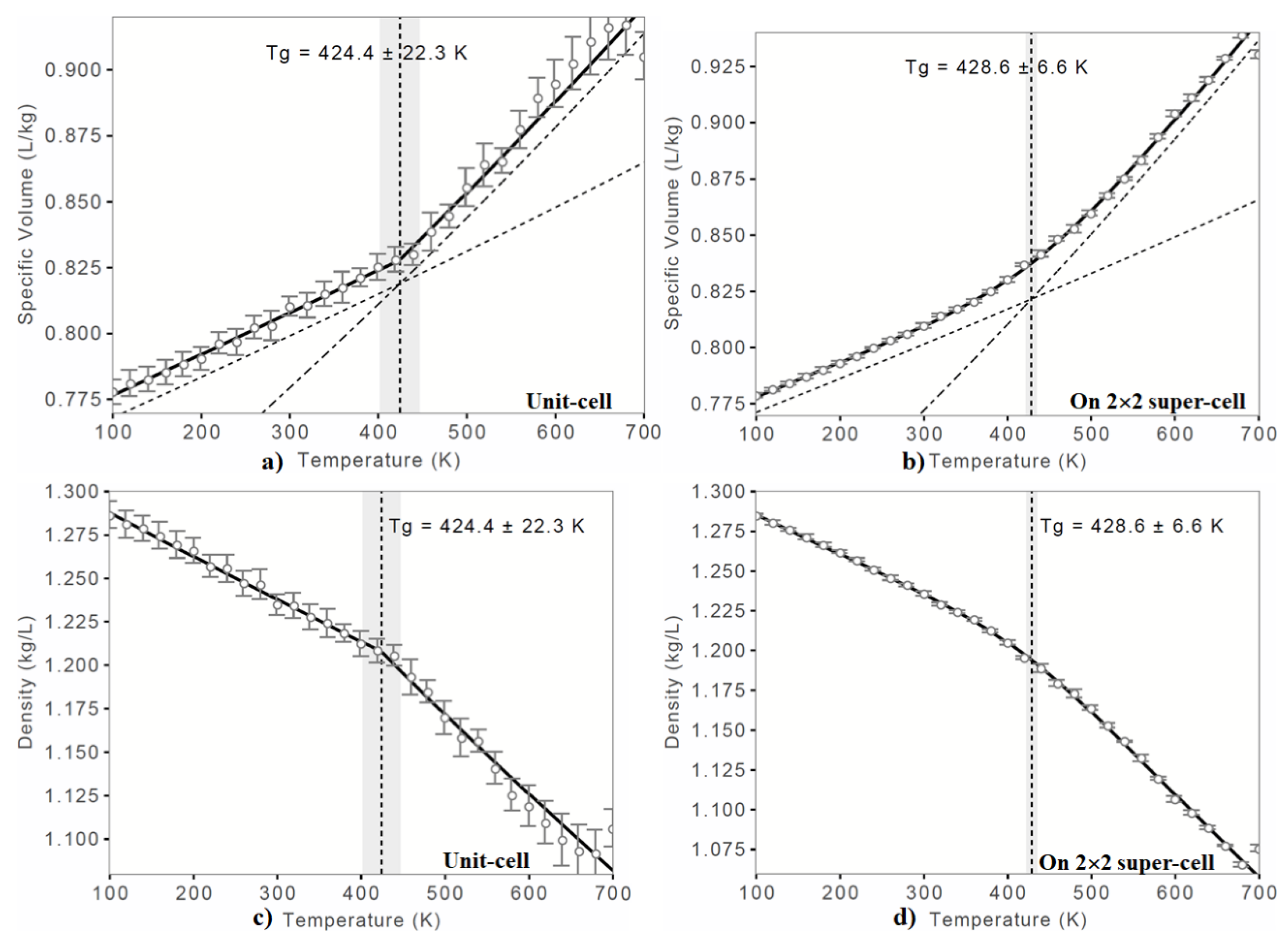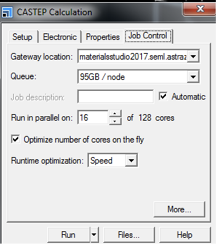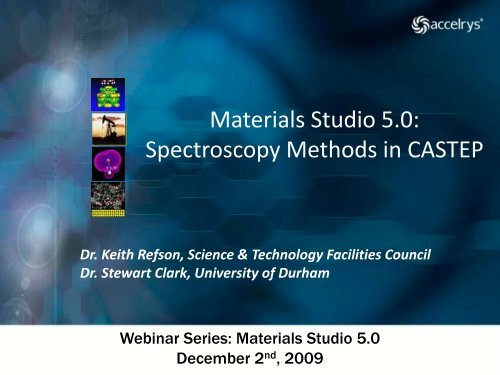
- MATERIALS STUDIO DISPERSION CORRECTION UPDATE
- MATERIALS STUDIO DISPERSION CORRECTION FULL
- MATERIALS STUDIO DISPERSION CORRECTION DOWNLOAD
DMol 3 reporting of exchange-correlation functionals in the outmol file has been simplified and made more user friendly and reporting of the progress of a DMol 3 Geometry Optimization or Transition State Optimization has been improved to explain why the process might continue even though the force and energy criteria are satisfied. A checkbox has been added to the geometry optimization and TS optimization dialogs in DMol 3 to enable the use of Cartesian coordinates for optimization. The SCAN meta-GGA functional has been added to DMol 3. A script for merging DFTB+ parameter files has been added to the DFTB+ Parameterization Tool Set available in the BIOVIA Materials Studio Community. A number of settings for on the fly generation of pseudopotentials have been modified to eliminate ghost states. If such states are found, results of optical properties calculations and band structure or DOS calculations of the conduction band will have spurious features. CASTEP output now reports the result of the check for “ghost states” that might be associated with the given pseudopotentials. MATERIALS STUDIO DISPERSION CORRECTION FULL
The MBD scheme supports full geometry optimization and property calculations. (2014) has been implemented in CASTEP and offers a more accurate description of weakly bonded systems than other existing approaches.
 The many-body dispersion (MBD) correction scheme by Ambrosetti et al. CASTEP calculations of chemical shifts are now possible for highly correlated systems where the use of DFT+U approach is required (for example, transition metal oxides or systems containing f-elements).
The many-body dispersion (MBD) correction scheme by Ambrosetti et al. CASTEP calculations of chemical shifts are now possible for highly correlated systems where the use of DFT+U approach is required (for example, transition metal oxides or systems containing f-elements). 
This scheme uses non-diagonal supercells as developed by Lloyd-Williams and Monserrat and is more efficient than the previously available approach.
Finite displacement calculations of vibrational properties with CASTEP can be now performed using the “interpolation” option. New script! A script has been developed to import third-party reaction mechanisms into Materials Studio to be used with Cantera.Įnhancements to Materials Studio modules CASTEP New feature! A new task for simulation of Temperature Programmed Desorption has been introduced in the Cantera module. It is equally important to know which reactions merit more accurate calculations of thermodynamics and reaction barriers. This feature allows user to determine the most important steps in the reaction chain and potentially save time on simulations of complex multi-step reaction mechanisms by excluding less important reactions from needing to be considered. New feature! Sensitivity analysis has been added to Cantera CSTR task. Kinetix provides predictions for the spacial distribution of reactants and products on reactive surfaces, such as catalyst surfaces, as a function of time using a Kinetic Monte Carlo approach. Service Information GMP Compliance Consultancy Contract Research System Integration Training GMP Auditing ServiceĪ new module, Kinetix, has been made available. Product Information Life Sciences Materials Sciences R&D Management Enterprise Quality Management Process Production Operations e-Submission. Molecular Sciences and Digital Innovation Center 
MATERIALS STUDIO DISPERSION CORRECTION UPDATE
Latest Knowledge Sharing Gene Update Pregnancy Information Biotechnology Trend Diagnosis News.  R&D Center Lab Overview Technical Advances R&D Management Certifications. Testing Service Reproductive medicine Division Obstetrics and Gynecology Neonatology & Pediatrics Allergy/Immunology/Rheumatology Health Management Medical Research. Video Pediatric/Postnatal Genetic Testing-SNP Array Prenatal Genetic Testing-SNP Array Infertility & Genetic Disease Preeclampsia Risk Screening Video.
R&D Center Lab Overview Technical Advances R&D Management Certifications. Testing Service Reproductive medicine Division Obstetrics and Gynecology Neonatology & Pediatrics Allergy/Immunology/Rheumatology Health Management Medical Research. Video Pediatric/Postnatal Genetic Testing-SNP Array Prenatal Genetic Testing-SNP Array Infertility & Genetic Disease Preeclampsia Risk Screening Video. MATERIALS STUDIO DISPERSION CORRECTION DOWNLOAD
Genetic Counseling Team Main Members Service Monograph Download. Testing Service Pre-implantation Stage Prenatal Stage Newborn Medical Examination Health Management.








 0 kommentar(er)
0 kommentar(er)
